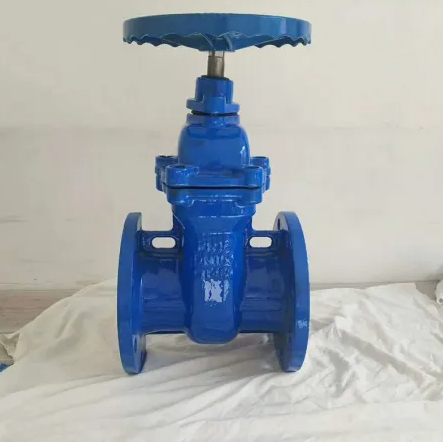Introduction:
Ductile iron pipes and fittings are widely used in various applications, including water distribution, sewer systems, and industrial piping. Their durability, strength, and flexibility make them a popular choice in the construction industry. However, proper installation is crucial to ensure the optimal performance and longevity of these systems. In this article, we will explore the step-by-step process of installing ductile iron pipes and fittings.

Planning and Design:
Before beginning the installation, a thorough planning and design phase is necessary. This involves determining the pipe layout, size, and alignment, as well as identifying any obstacles or potential challenges in the installation area. Consulting relevant codes, regulations, and obtaining necessary permits should also be part of the planning process.
Excavation and Trenching:
Once the planning phase is complete, the next step is excavation and trenching. This involves digging a trench to the required depth and width, ensuring proper slope and alignment according to the project specifications. The trench should be wide enough to accommodate the pipe and allow for proper backfilling and compaction.
Bedding and Support:
Proper bedding and support are essential to prevent damage to the pipes during installation and throughout their service life. A suitable bedding material, such as crushed stone or sand, should be placed at the bottom of the trench to provide a stable foundation for the pipe. The bedding material should be carefully compacted to avoid settling.
Pipe Installation:
With the trench prepared and the bedding in place, the ductile iron pipes can be installed. The pipes should be handled with care to avoid any physical damage. The joints of the pipes should be properly lubricated with a suitable lubricant, and the pipes should be connected securely using appropriate fittings and jointing methods, such as push-on joints or mechanical joints. The joints should be checked to ensure they are leak-proof.
Backfilling and Compaction:
Once the pipes are installed and checked for proper alignment and connections, the trench can be backfilled. Backfilling should be done in layers, carefully compacting the soil to provide support and stability to the pipes. Special attention should be given to avoiding excessive pressure or impact on the pipes during backfilling.
Finalizing the Installation:
After backfilling, the trench can be fully restored to its original condition, including proper compaction and restoration of any surface structures, such as roadways or sidewalks. It is crucial to perform pressure and leakage tests to ensure the integrity of the installed ductile iron pipes and fittings.
Ongoing Maintenance:
Proper maintenance is essential for the long-term performance of ductile iron pipes and fittings. Regular inspections, cleaning, and repairs, if required, should be carried out to prevent blockages, corrosion, or any other issues that may compromise the system's functionality.
Conclusion:
Installing ductile iron pipes and fittings requires careful planning, precise execution, and adherence to industry standards. By following the step-by-step installation process outlined in this article, construction professionals can ensure a reliable and efficient ductile iron pipe system. Proper installation, combined with regular maintenance, will contribute to the longevity and reliability of these robust infrastructure components.




Comments
Please Join Us to post.
0